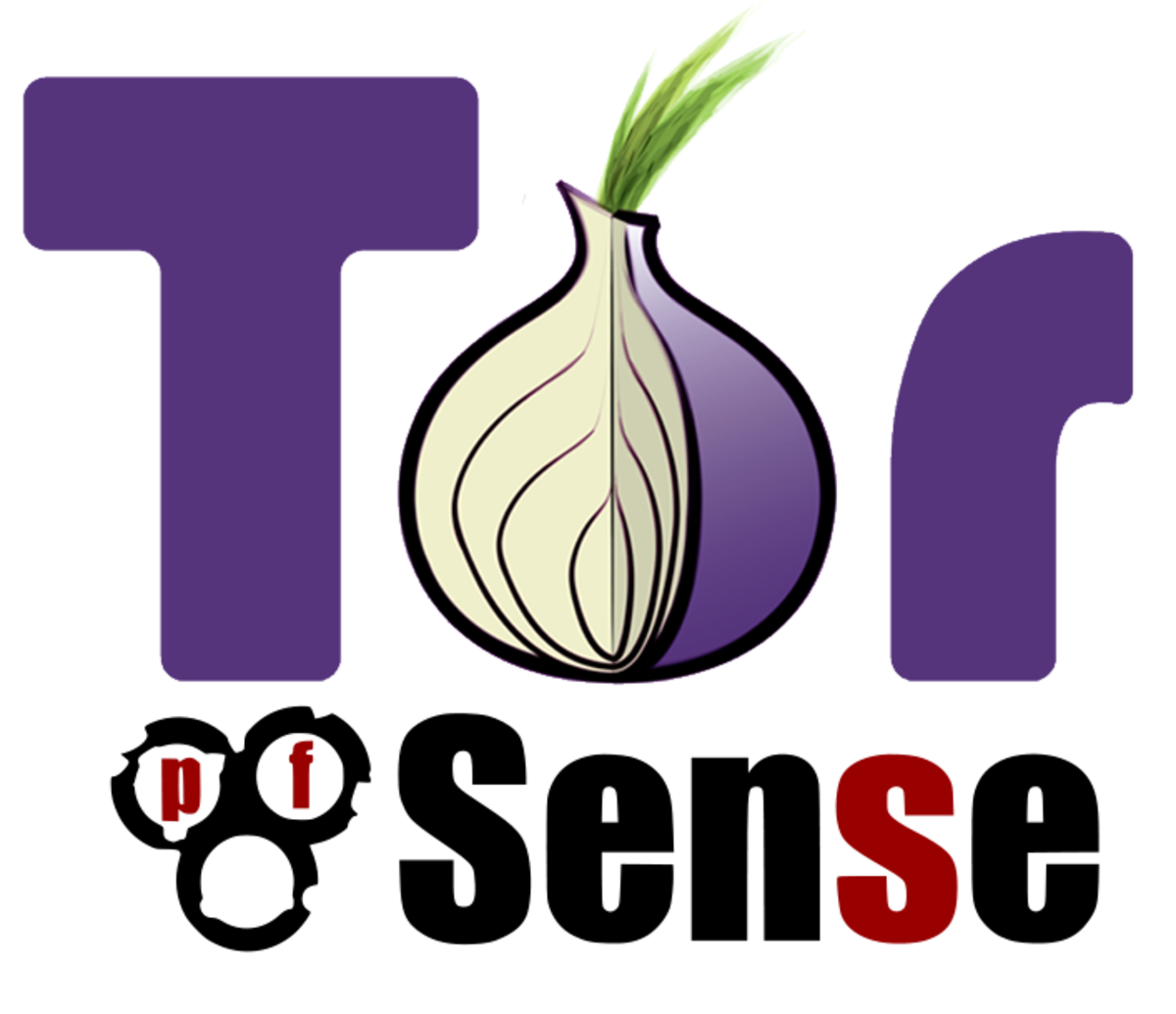- HubPages»
- Technology»
- Computers & Software»
- Computer How-Tos & Tutorials
Internet Risk:Inappropriate Online Content for Young Users
The Internet provides a wealth of content for all groups of users. Online student users can research topics and helpful information for their assignment in school; adult users can find their inquiries in the internet. Though browsing in the net provides us a lot of information on various topics, there are downsides to it— how do we protect our children and youths to illegal, harmful or inappropriate content? What risks do they encounter when accessing the internet?
According to the Safer Internet Programme of the European Commission, there is no general agreement of what is meant to be illegal, harmful or inappropriate content. However, some types of content, such as child pornography are outlawed all over the world.

The following are risks the children and younger users are exposed to:
1. age inappropriate content —Not all content should be accessible for children and youth. The material that is not illegal in general might harm the minds of the younger users such as adult pornography, when exposed to it unintentionally. The risks can result from the user's own conduct when searching for it purposely or stumbling across it without his/her intention. High percentage of children and young adults have access to the internet at their fingertips and might access age inappropriate content when being on their own and not having an adult for guidance at their side.
2. violent content—This is another kind of age inappropriate content. Its effect depends largely on the age of the viewer, his/her habits of consuming Internet content and the social environment. Young children should be protected from stumbling across violent content.
3. illegal content such as racism, child pornography—This type of content depends on current national laws and some types of content are generally outlawed in most countries. Nevertheless, illegal content is available and can be accessed unintentionally but also deliberately by younger users. Attention should be paid to children as victims of illegal content, e.g. by taking and publishing child abuse pictures or videos.
4. incorrect content—The increasing number of Web 2.0 applications where the correctness is at the most controlled by the users themselves not by an editor, made it possible for users to advertise fake products or making incorrect content within the site. Biased content is also designed to convey a certain message which might be taken for true by inexperienced young users.
5. incitement to harm—Many websites are poisoning the young minds and incite them to harm themselves. Examples are websites that promote suicide, sectarianism, or anorexia. The risk of being exposed to content inciting harm is growing, and children and youth in particular are not able to make a real assessment of the risks arising from following the instructions given in such websites.
6. infringement of human rights/defamation—Because of the anomymity of the web, propaganda against certain groups or individuals can be made and can easily be made widespread. The risk of infringement on human rights and being a victim of defamation is much more likely to happen online than in reality. The defamatory content is harmful to young people whose opinion might be influenced by misleading information.
7. inappropriate advertisement and marketing to children—This refers to the risks of receiving or being exposed to advertisement of products and services that are inappropriate for children, like cosmetic surgery. Young users who give away private information, i.e. name, age or gender are likely to be asked to participate in lotteries. These children in many cases are not aware of the consequences in giving their personal information.
8. data persistence—Once published, the content can easily spread around the world and it's impossible to delete the information totally later on. The young are not aware of the short- and long-term consequences and often publish texts and pictures they do not want to be publicly available later. The risk of data persistence is pertinent to incautious younger people.
9. data portability—Data that are stored on a server or any platform can be transmitted to many other servers. People may not be aware that they lose easily their privacy. Even younger people who know a lot about technical possibilities of the web, most of them do not have the ability to roughly estimate the consequences when their private data are mingled with other data about their own person.
Information age awareness raising is crucial. Strong efforts for a broader awareness in all groups of society regardless of age, gender and ethnicity are to be done.









